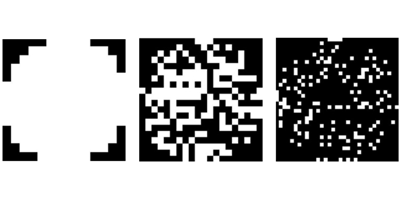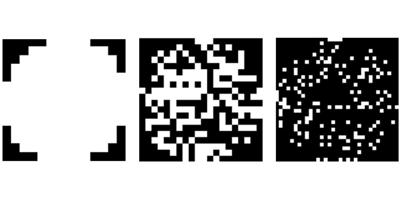Enhanced Transmission of Light through a Random Medium
The “speckle” of a laser hitting a surface arises because the coherent light simultaneously takes different paths that reinforce or cancel each other at different places. In Physical Review Letters, researchers report the reverse effect, transmitting a laser beam through a normally opaque material by first imposing a specific phase pattern onto the laser spot.
A clear substance like water doesn’t absorb much light, but small droplets scatter light in all directions. A random assembly of scatterers that is much thicker than the mean-free path usually reflects almost all light, like a white cloud; only a small fraction is transmitted. But theorists realized decades ago that wave interference could lead to a dramatically different behavior. The phenomenon was first studied in the electrical domain: In a disordered conducting material, theory said that electron interference could lead to the formation of few special “open channels” that enable electric current to pass almost unhindered through a random arrangement of conducting paths. Yet with electrons there was no way to experimentally create the special input phase structure needed to directly demonstrate this effect.
Sebastien Popoff and his colleagues at Yale University demonstrated the corresponding effect for light waves, taking advantage of spatial light modulators that control the phase of light independently across a laser spot. They shined this spot on a -micrometer-thick slab of titania particles, each about a half micrometer in diameter, that initially transmitted only about of the light. But by iteratively tweaking the phases in regions across the spot to maximize the transmission, the researchers increased it by a factor of . They could also reduce the transmission by a factor of , simply by adjusting the phases. – Don Monroe





